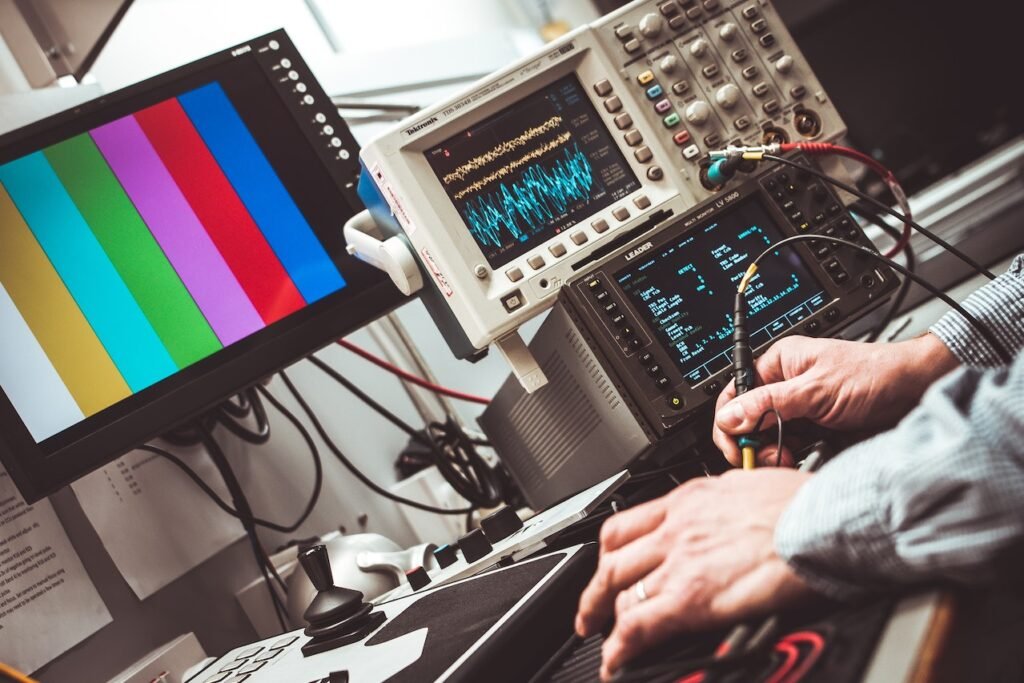Are you interested in exploring the exciting world of electronics? Have you ever wondered how to create your own interactive projects? Look no further! Arduino is an incredible platform that allows beginners to dive into the world of electronics and programming with ease. In this beginner’s guide, we’ll walk you through the essentials of Arduino, from understanding the basics to working on exciting projects. So let’s get started!

In this section, we’ll introduce Arduino and its significance in the world of electronics. We’ll highlight its user-friendly nature and its potential for creating innovative projects.
Table of Contents
What is Arduino?
Here, we’ll explain what Arduino is and how it differs from other microcontrollers. We’ll discuss its open-source nature, the Arduino IDE (Integrated Development Environment), and the wide range of possibilities it offers.
Read More: Setting Up a Home Network: Step by Step Guide
Why Learn Arduino?
This section will outline the reasons why learning it is beneficial. We’ll explore its relevance in various fields such as robotics, home automation, and IoT (Internet of Things), showcasing the endless opportunities it provides.
Understanding the Basics
Components and Tools
In this subsection, we’ll provide an overview of the essential components and tools needed for working with it. We’ll cover items like breadboards, resistors, LEDs, sensors, and more.
Board Variants
Here, we’ll introduce different variants and discuss their features and capabilities. We’ll explain the differences between Arduino Uno, Arduino Mega, and Arduino Nano, helping beginners choose the right board for their projects.
Setting Up Your Arduino
This section will guide readers through the process of setting up board. We’ll cover installation steps for the Arduino IDE, driver setup, and connecting the board to a computer.
Writing Your First Code
In this section, we’ll dive into the programming aspect of it. We’ll explain the basics of programming language (based on C/C++) and guide readers through writing their first simple code.
Uploading Code to Arduino
Once readers have written their code, they’ll need to upload it to it board. Here, we’ll explain the process of compiling and uploading code, ensuring beginners can see their projects come to life.
Working with Sensors and Actuators
This section will introduce readers to the exciting world of sensors and actuators. We’ll explain how to connect and use different sensors like temperature sensors, motion sensors, and actuators like motors and servos.
Arduino Projects for Beginners
In this section, we’ll provide step-by-step instructions for a few beginner-friendly projects. These projects will help readers apply their knowledge and create simple yet engaging electronic projects.
Troubleshooting and Tips
Here, we’ll address common issues and provide troubleshooting tips for beginners. We’ll cover topics like debugging code, resolving connection problems, and recommended resources for further assistance.
Expanding Your Knowledge
This section will guide readers on how to continue their journey beyond the beginner level. We’ll recommend resources, online communities, and further projects to enhance their skills and knowledge.
Read More: A Comprehensive Guide to Web Development: From HTML to CSS
Benefits
Hands-on Learning
it provides a practical and hands-on approach to learning electronics and programming.
Creativity and Innovation
It allows you to bring your ideas to life and innovate with interactive projects.
Problem-Solving
Working with it enhances your problem-solving skills as you troubleshoot and debug your projects.
Career Opportunities
It skills are highly valued in fields such as robotics, automation, and IoT, opening up various career paths.
Personal Fulfillment
Building your own projects with it brings a sense of accomplishment and personal fulfillment.
Conclusion
In conclusion, Arduino is an excellent platform for beginners to dive into the world of electronics and programming. It offers endless possibilities for creative projects and opens up doors to exciting career opportunities. So, what are you waiting for? Start your Arduino journey today!
FAQs
Can I learn it without any prior knowledge of electronics or programming?
Absolutely! it is designed to be beginner-friendly, and you can learn as you go along.
Is it suitable for kids or students?
Yes, it is an excellent platform for kids and students to learn electronics and programming in a fun and interactive way.
Can I use it for commercial purposes?
Yes, many commercial products are built using it as the foundation for prototyping and development.
Is it boards expensive?
it boards are relatively affordable, especially considering the versatility and educational value they offer.
Is it compatible with other programming languages?
While it has its own programming language, it can also be integrated with other languages like Python or JavaScript.


